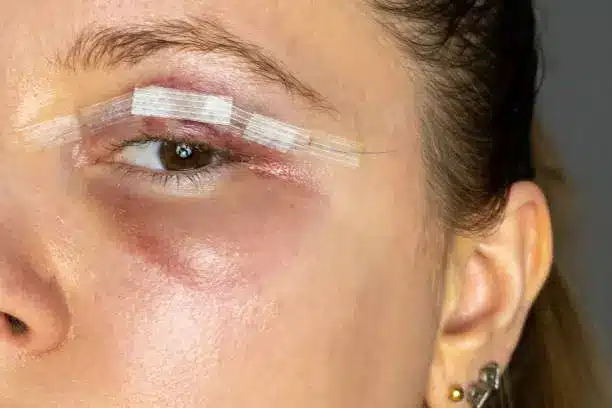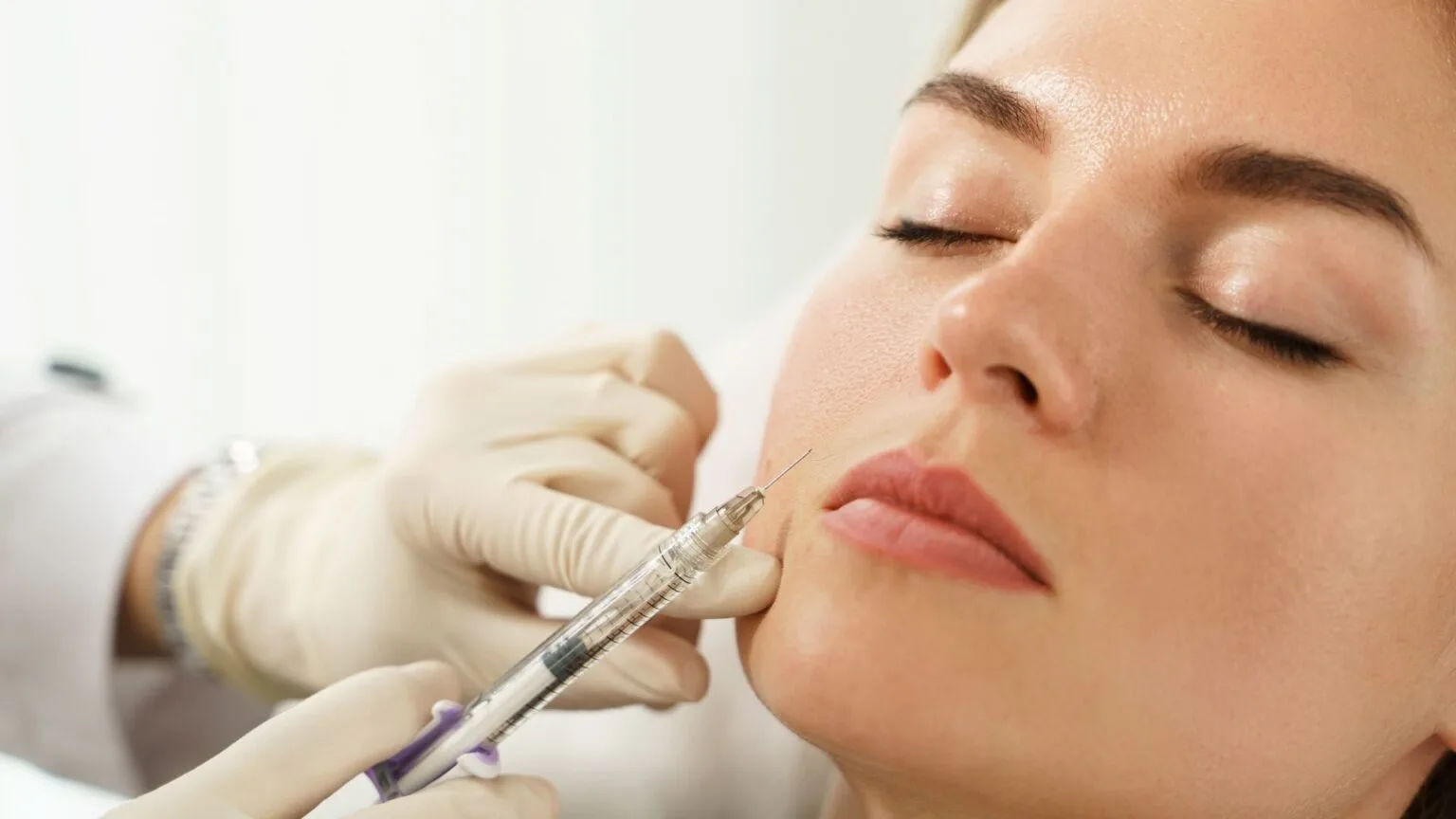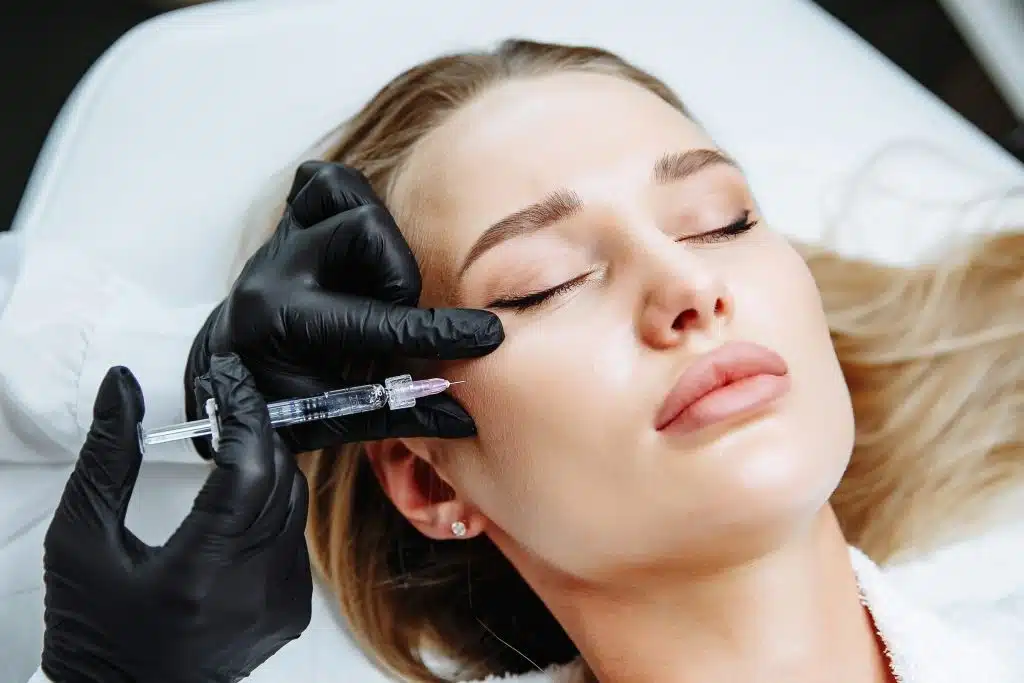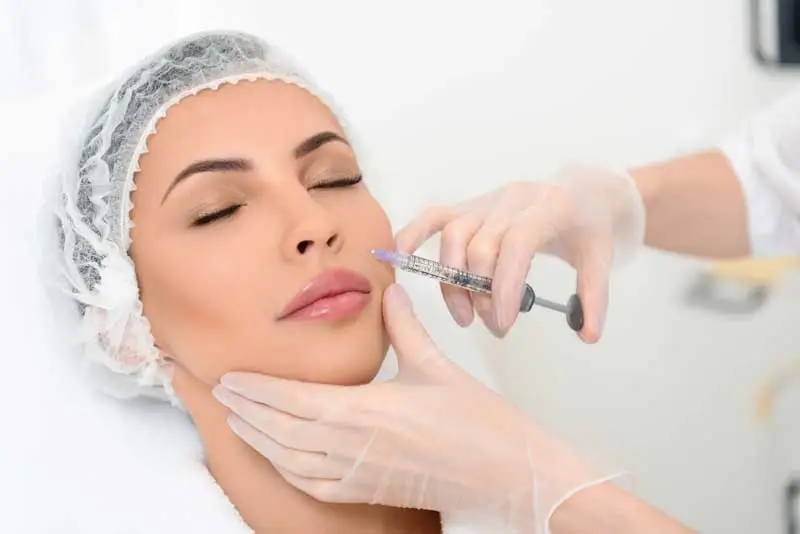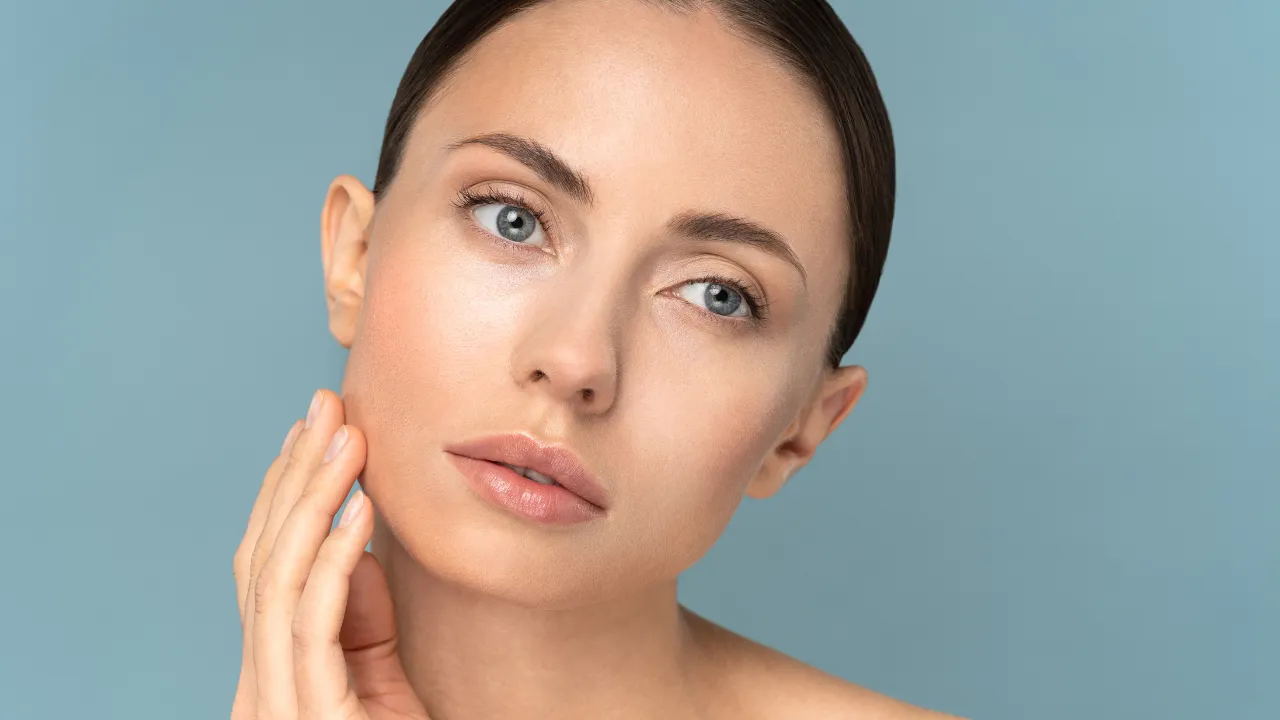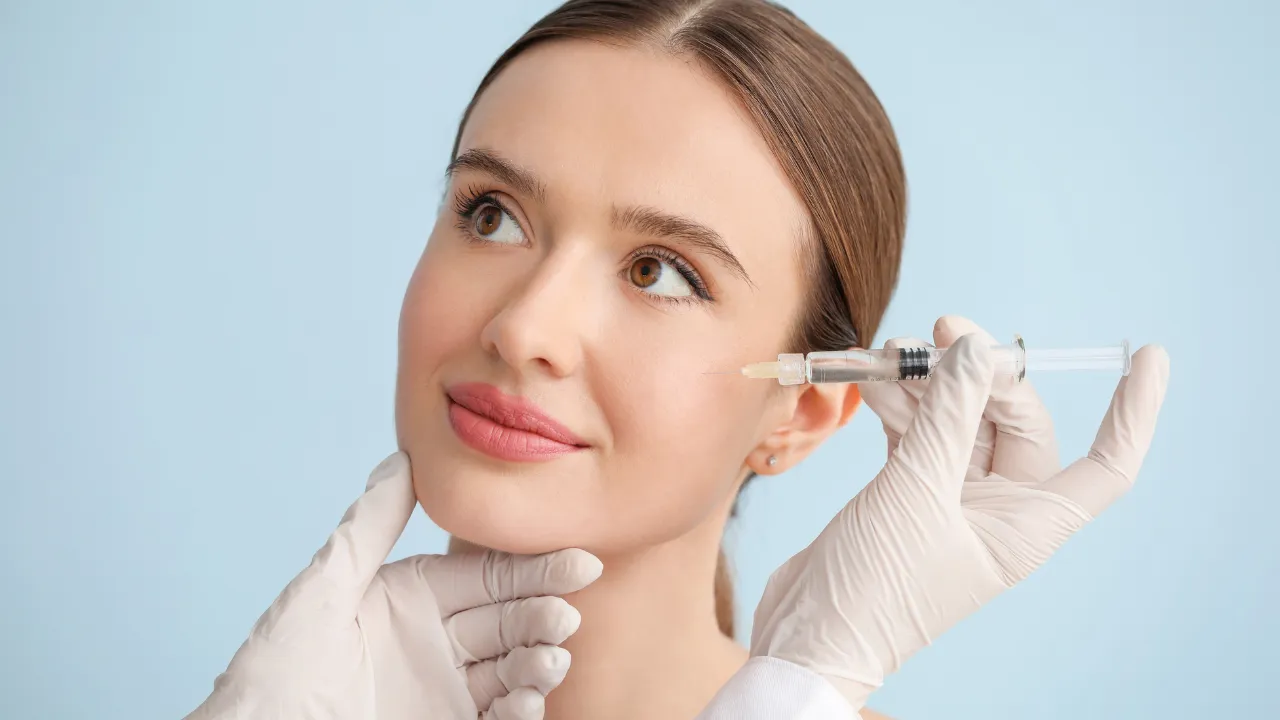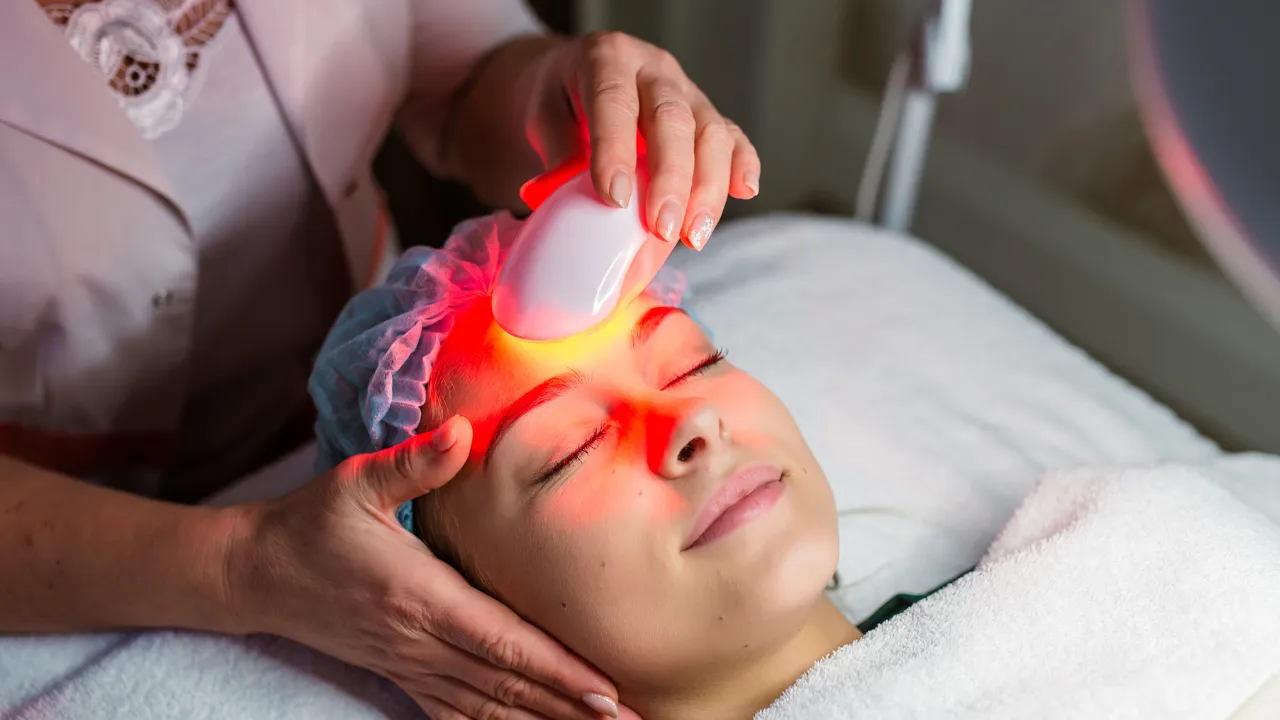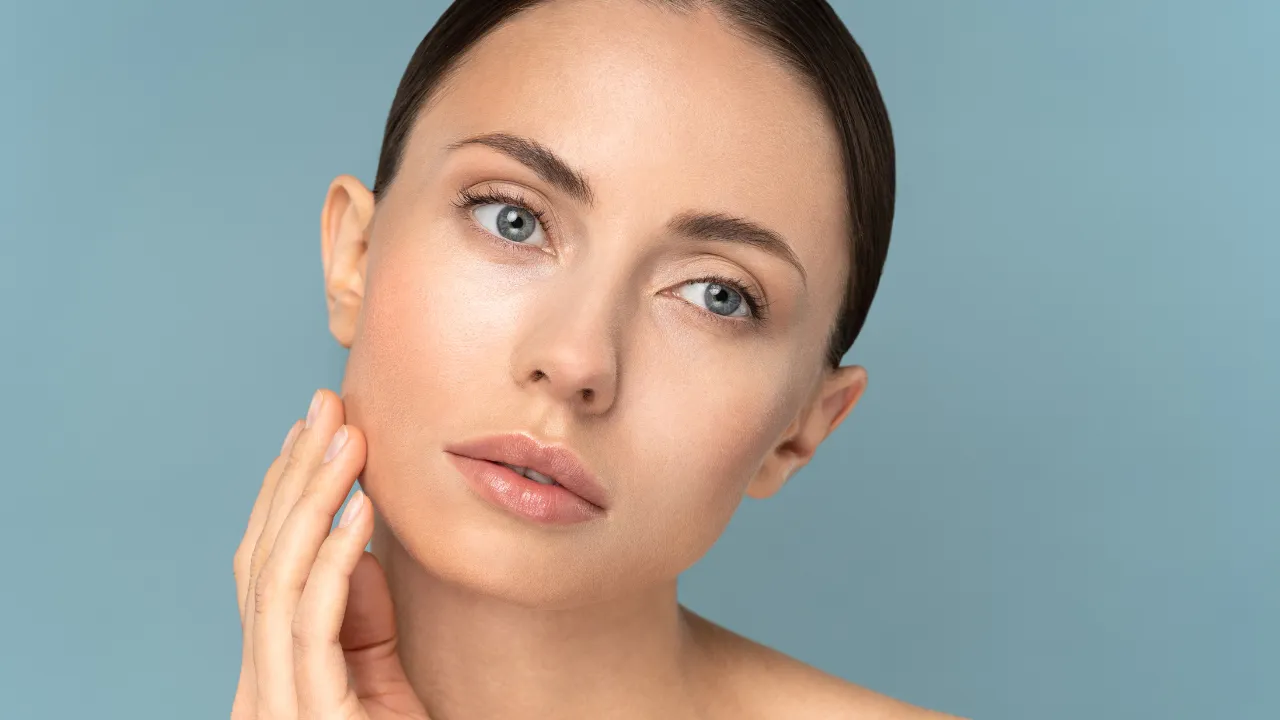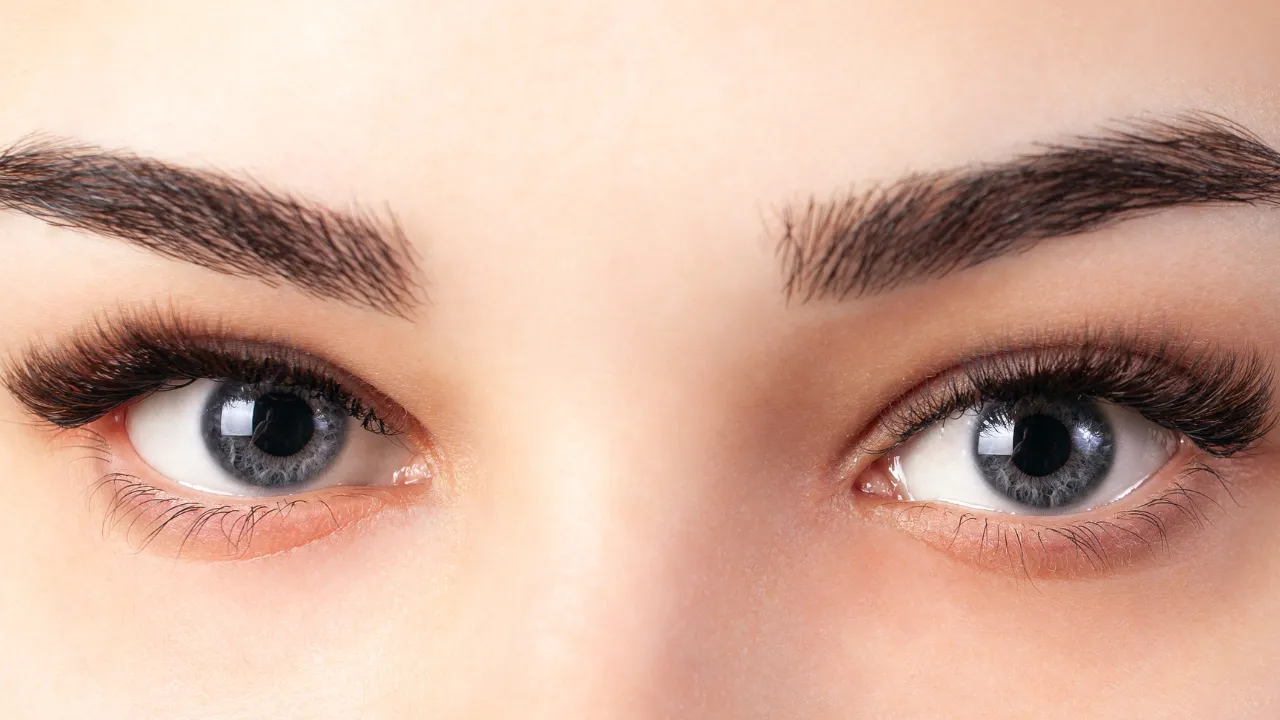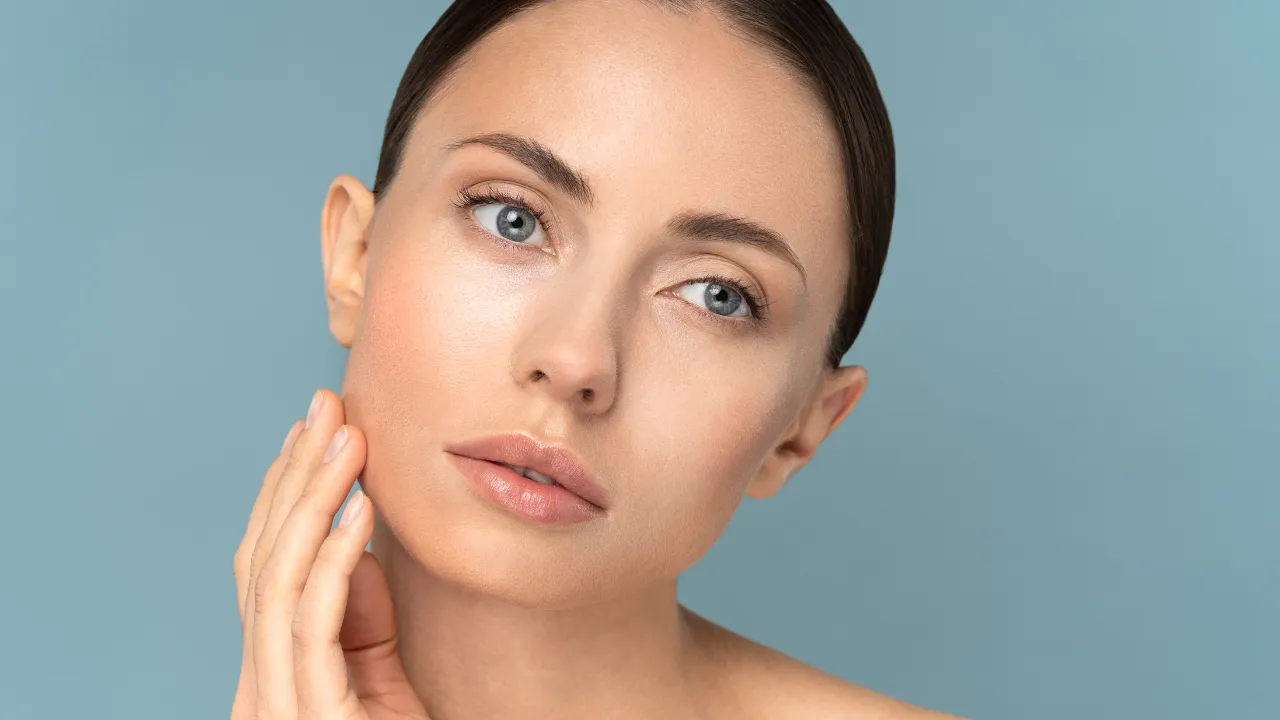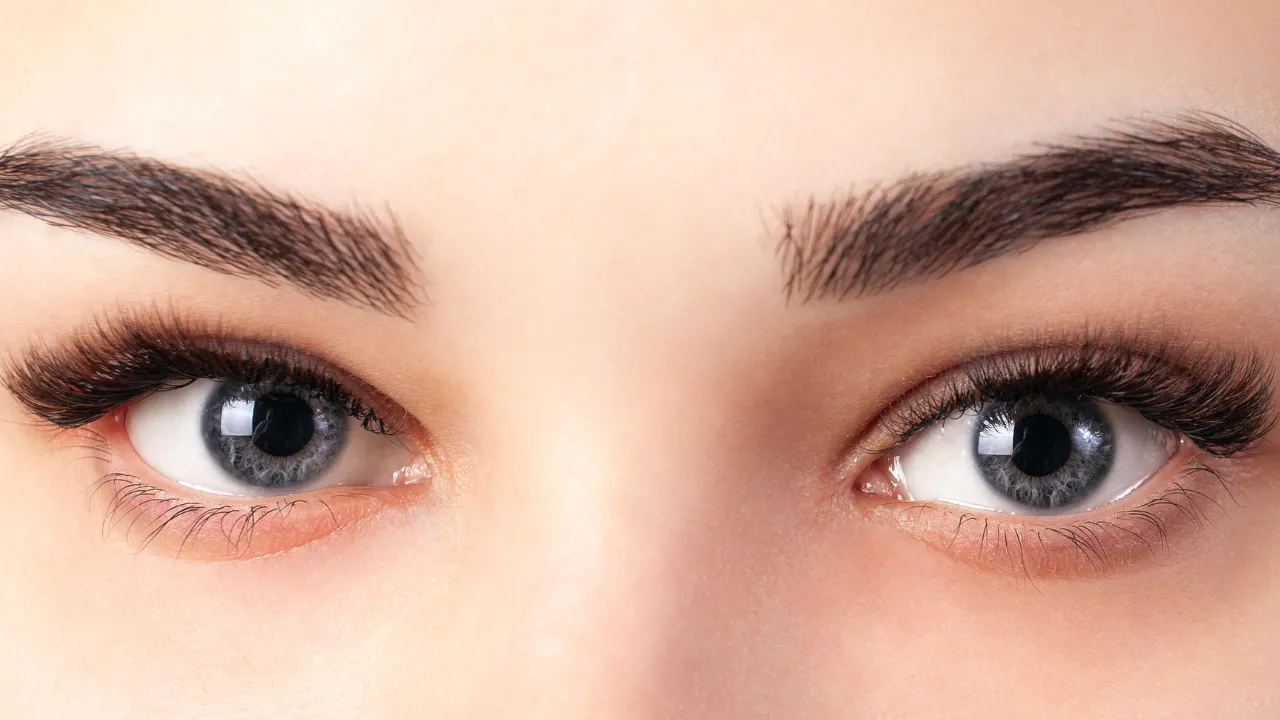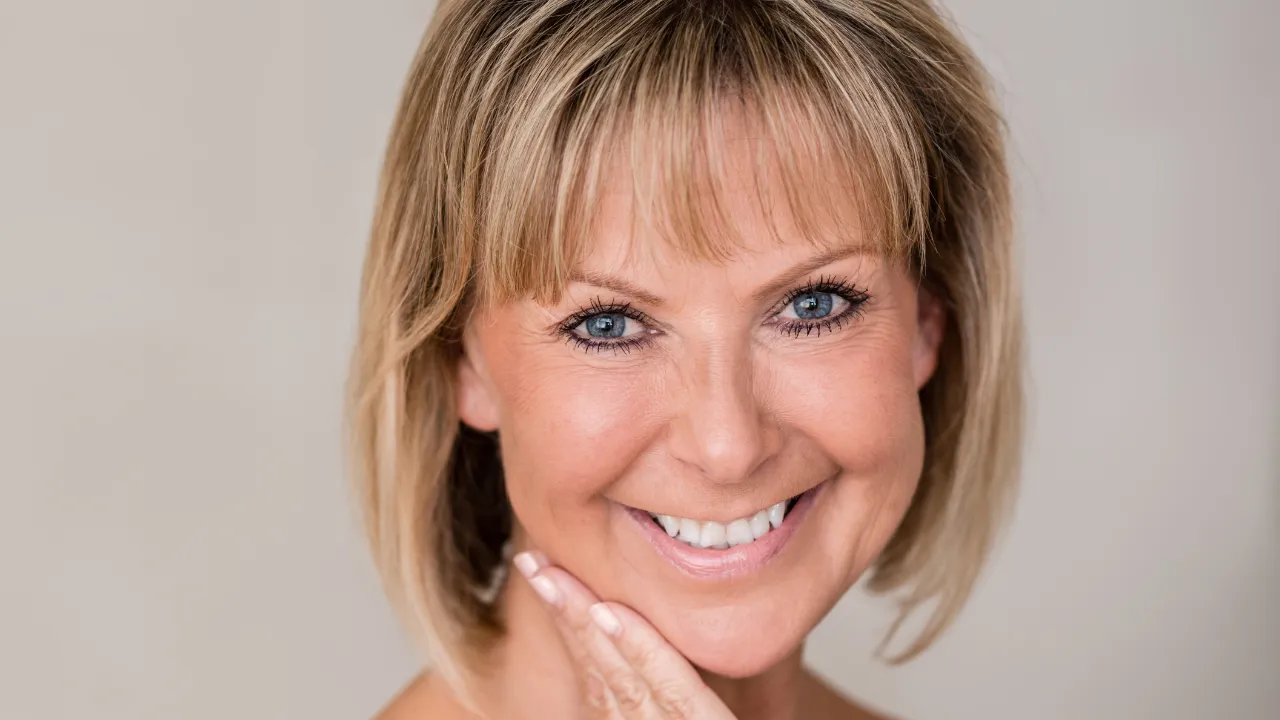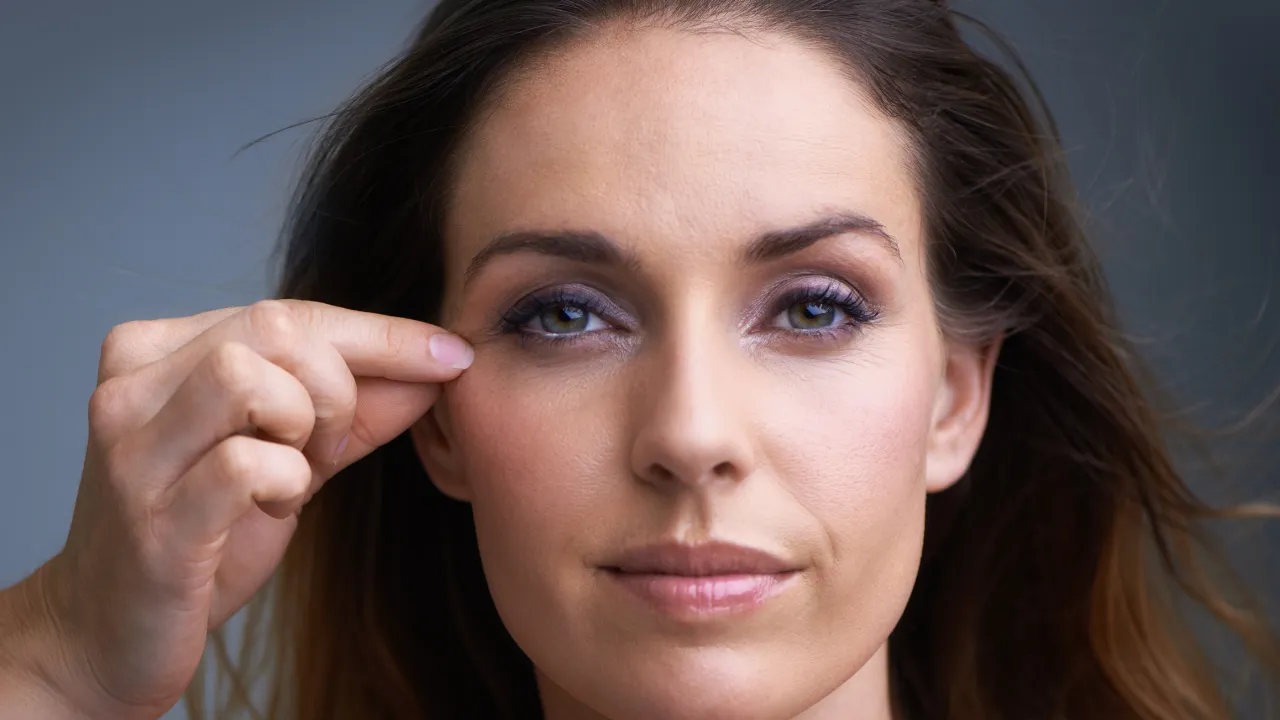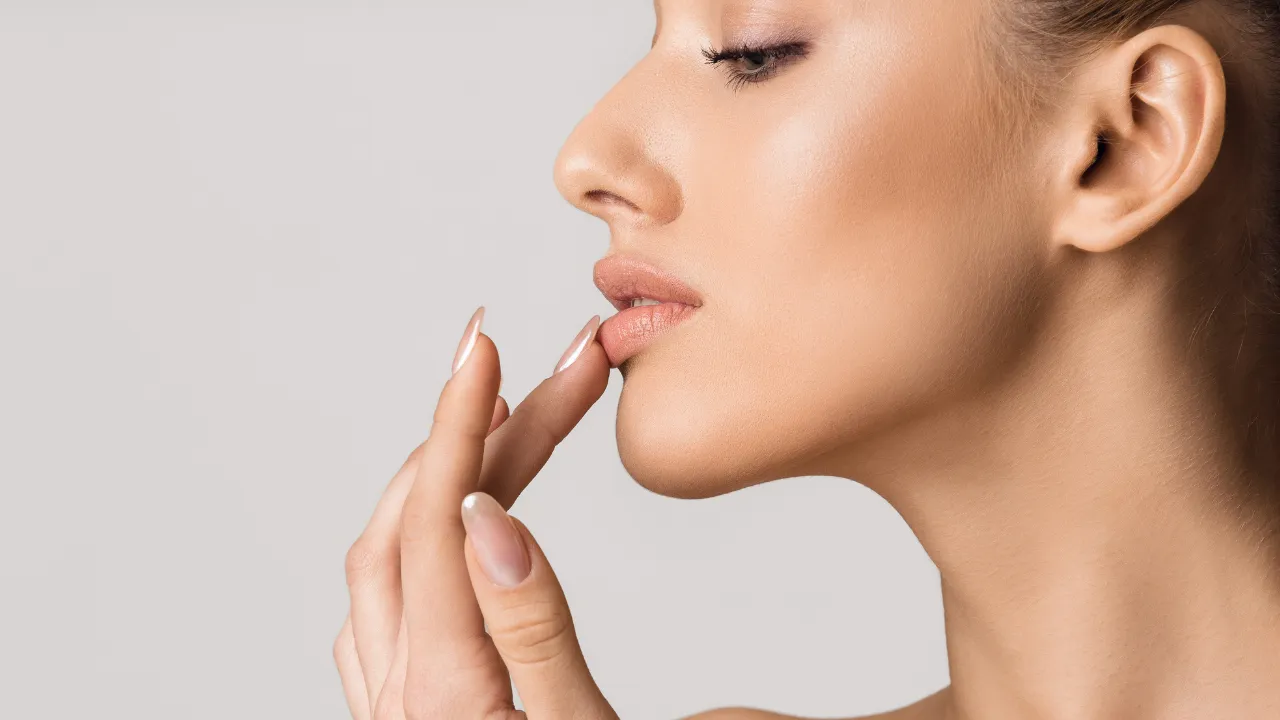Dr. Joel Kopelman, a renowned facial and oculoplastic surgeon at Kopelman Aesthetic Surgery in New York City, brings decades of expertise to every procedure.
If you’re looking for realistic bruising after lower blepharoplasty photos, this guide will explain what to expect during healing, how to manage it, and when to contact your doctor.
Table of Contents
ToggleCauses and Appearance of Bruising After Surgery
Why Are My Eyelids Purple After Blepharoplasty?
Purple or red bruising often appears within the first 48 hours. This happens when surgical procedures like lower blepharoplasty disrupts small blood vessels under the thin eyelid skin.
What Causes Bruising After Surgery in the Eye Area?
Bruising is caused by natural trauma from incisions, tissue manipulation, and the body’s inflammatory response. These effects are temporary and part of the normal recovery period.
Eyelid Discoloration and Cheek Swelling
Eyelid discoloration after blepharoplasty may extend to the upper cheeks. Mild cheek swelling after lower blepharoplasty is expected and typically resolves in the first week.
What’s Normal After Lower Eyelid Surgery?
Bruising and Swelling – What to Expect
Post blepharoplasty swelling usually peaks around day 2–3. Bruising may look intense initially, but softens in color and size as healing progresses.
Yellow Bruising After Surgery – Is It Normal?
Yes. Yellow bruising after surgery indicates that blood under the skin is breaking down. This color change is part of the final healing stage and not a cause for concern.
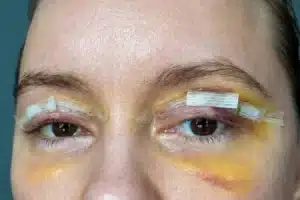
Recovery Timeline – How Long Does It Take to Heal?
Stages of Bruising After Blepharoplasty
- Day 1–2: Swelling and dark purple bruises appear
- Day 3–4: Peak swelling, with skin starting to feel tight
- Day 5–7: Bruising turns green/yellow; swelling reduces
- Day 8–14: Most discoloration fades; minimal tenderness
Before and After Photos (Day 1–14)
Many patients seek pictures of bruising after upper eyelid surgery or lower blepharoplasty to visualize the process. These photos and blepharoplasty before and after pictures typically show dark discoloration early on, shifting to green and yellow hues by day 7–10. The fading pattern reflects blood flowing away from the surgical site, a normal sign of healing.
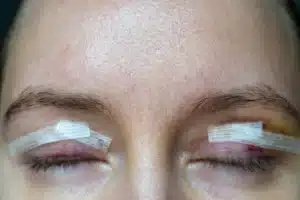
How Long Does Bruising Last After Eyelid Surgery?
Bruising generally lasts 10–14 days but can vary based on age, skin type, and circulation. The recovery process may feel slow at first, but each phase is part of the healing. If swelling and bruises persist longer than expected, consult your provider to rule out any potential complications, even weeks after surgery.
When Will You Look Normal Again?
Most patients look presentable by day 10 to 14, especially with light makeup. Internal healing continues beyond that point. It’s important to follow post-op instructions not just days after surgery, but throughout the entire recovery timeline.
Returning to Daily Life After Surgery
Work and Social Activities
You can usually return to light activities or work within 10 days. If your job involves physical effort or public interaction, plan for 14 days to ensure swelling has gone down.
Makeup and Hygiene
Avoid eye makeup until approved by your surgeon—usually after day 7–10. Keep the surgical site clean and dry. Only use non-irritating products during the first two weeks.
Digital Screens and Driving
The use of screens is fine once your vision is stable. Driving may be resumed when swelling has decreased and your eyes feel comfortable—typically after day 5.
Reducing Bruising and Promoting Healing
How to Reduce Bruising After Blepharoplasty Surgery
Apply cold compresses during the first 48 hours. Keep your head elevated, rest well, and reduce salt intake. These simple steps can lower post-blepharoplasty swelling and minimize bruising.
Pre-Surgery and Aftercare Tips That Help
Before surgery, stop blood thinners such as aspirin or certain supplements if cleared by your physician. Afterward, take any prescribed pain medications on schedule, avoid rubbing the eyes, and stick to gentle cleaning. These tips help reduce post-surgical irritation and support a smoother recovery.
Dr. Kopelman’s Post-Op Recovery Insights
Dr. Kopelman emphasizes that clear communication and consistency are key during healing. He advises patients to:
- Avoid smoking or alcohol in the first week
- Take all pain medications as directed
- Avoid strenuous activities for at least 10 days
- Watch for abnormal symptoms or delayed healing
- Keep blood pressure stable through rest and hydration
By following these guidelines, patients lower the risk of side effects and improve long-term results.
When Results Aren’t as Expected
Still Have Bags After Lower Blepharoplasty?
Residual puffiness may result from fluid retention or incomplete healing. It’s not always a sign of surgical failure. Some patients see refinement continue for up to three months post-op.
What to Do If Puffiness Persists
If puffiness lasts beyond six weeks, speak with your surgeon to evaluate whether it’s a normal variation or one of the rare side effects that needs additional attention.
When to Call Your Surgeon
Signs of Infection After Blepharoplasty
Redness that spreads, pus at the surgical site, persistent pain, or a fever may indicate infection. These signs should be reported immediately.
Red Flags During Recovery
Contact your doctor if you notice vision changes, such as double vision, hard lumps, or extreme post-blepharoplasty swelling. While most symptoms improve steadily, some rare potential complications need prompt care.
Healing from lower blepharoplasty requires time and proper care. Knowing the stages of bruising, following recovery steps, and recognizing when to seek help can make the process smoother. Dr. Kopelman and his team are here to guide you toward safe, natural-looking results. Schedule a consultation today to get started.

